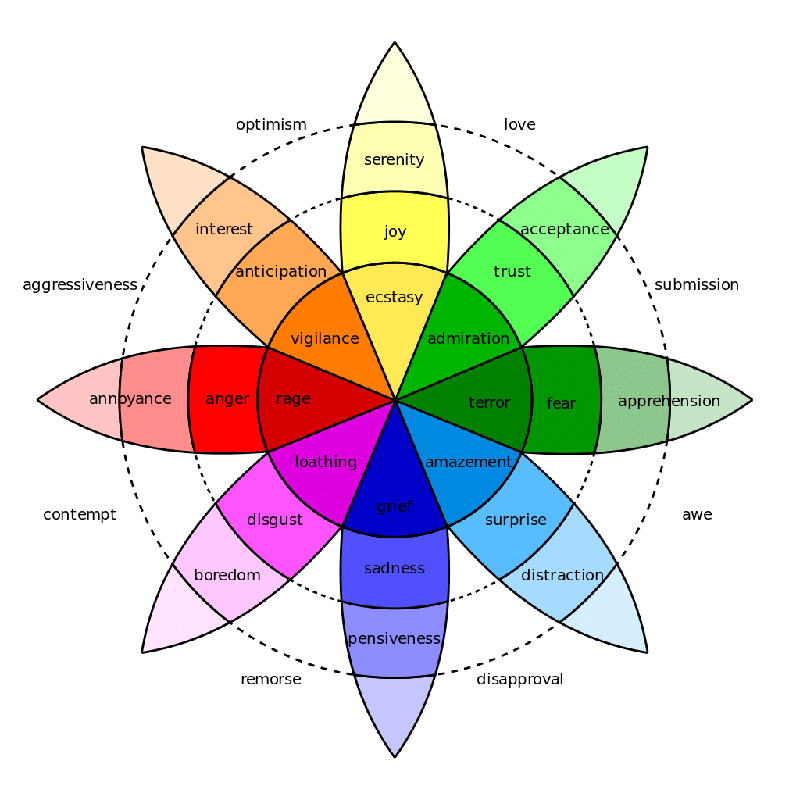Companies are seeking to embed a critical element in machine learning, Human Insight. Emotions, as part of human insight, are crucial for building an outstanding customer experience.
We provide a view into machine learning (ML) and present four key actions that can blend human insight with machine learning. Furthermore, we explore how the physical customer experience remains essential for making your ML algorithms more accurate.
ML is more than a buzzword
It’s tempting to nod our heads and accept the term “machine learning” as yet another Silicon Valley buzzword. However, when you dig a little deeper, you can leverage machine learning to your advantage by prioritizing consumer trust in your company’s services.
Say you’re making a transaction, a process that commonly involves money. From the company’s perspective, this may seem like a short minute interaction; however, for the customer, this transaction is actually a major event. Your clients invest a great deal of thought into deciding where and how to place their hard-earned savings.
Attention and a personalized experience not only makes the customer feel more secure and at ease with letting go of their hard-earned savings, but also provides an opportunity for you to infuse the unique flavor of your brand into the user’s experience.
It is important to remember that despite the efficiency and added insight that machine learning brings, the human factor cannot be neglected. This factor helps establish trust and credibility in an otherwise depersonalized world.
A deeper look Into machine learning
Now that you know the value of prioritizing customer emotion in an otherwise automated world, let’s combine the two.
In this portion, we explain how companies can use machine learning to efficiently glean insights about their customers, while also ensuring that the company’s biases do not interfere with these insights. By using a specific branch of machine learning – “supervised machine learning” – companies are able to learn from previous associations. As Paul Garbett writes in Harvard Business Review:
As humans, we learn, classify, and act based on pattern recognition and past associations. We make lightning-fast assumptions based on patterns, purpose, and context.
How to measure emotion with ML
We often don’t think of emotion as quantifiable. However, with machine learning, we can set metrics to evaluate customer’s experiences. One way of doing so is assessing positive and negative sentiments, which can be measured retrospectively. This way, you are able to focus your attention to the negative sentiments and understand why your customers may be feeling unsatisfied. With these metrics, you are able to analyze emotional data. One tool to leverage in doing so is Plutchik’s Wheel. This tool, a wheel of eight primary emotions, allows responders to accurately choose a representative emotion, rather than feel restricted by a survey question. Using customer experience (CX) metrics to drive improvements, your company can efficiently identify unsatisfying customer experiences by measuring negative emotion.
Plutchik’s Wheel of Emotions

Limitations of ML
It remains crucial for companies to continuously audit their algorithms to search for potential biases that could provide a faulty response. Additionally, your customers are (for now) humans, not machines, so their experience is subjective. For example, their response could depend on whether or not they were having a difficult day, impacting their experience. As Adrian Swinscoe, a Forbes contributor puts it, machine learning has it’s limitations.
“Instead of trying to design emotion into their customer experience, companies should focus on making their customer experience easy, pleasant, consistent, proactive..”
An important component to machine learning goes beyond integrating human insight into machine learning, it involves valuing the customer experience.
Two Takeaways:
1. Diversity of data makes ML algorithms better
As Harvard Business Review claims, “but often the greatest insight is found in spontaneous conversation with customers—not in the online survey that shoppers are asked to complete, but in the photos they take, the tweets they post, and the advice they offer in online forums.” Data is not only found in the traditional format of survey responses, but also in these everyday artifacts of the customer experience.
2. Back to the basics.
Strive to create a desirable customer experience, not simply for the sake of machine learning, but also because it is a time-tested way to generate loyalty and returns.



